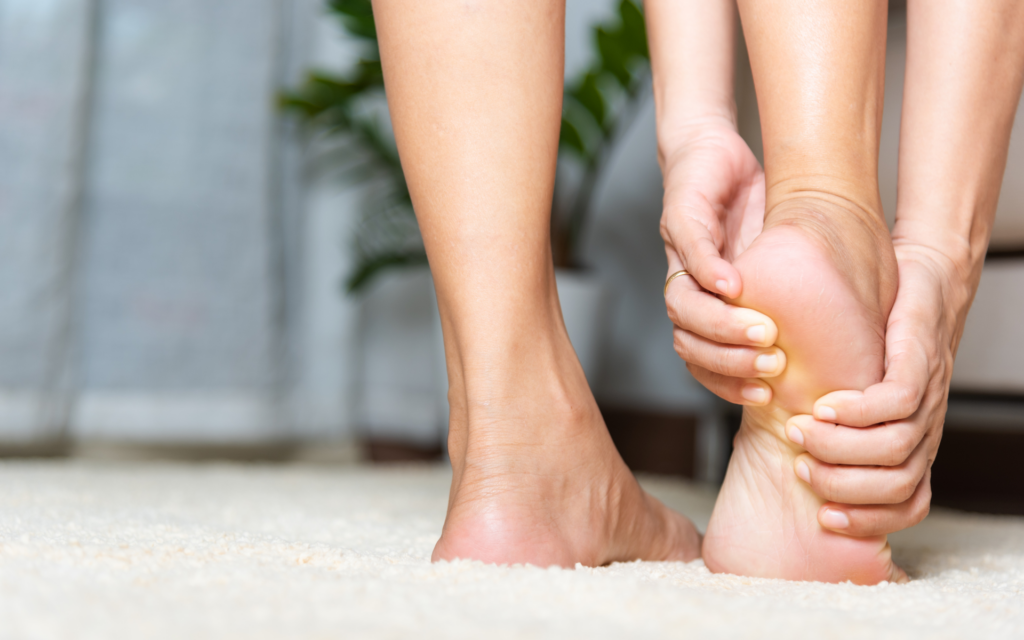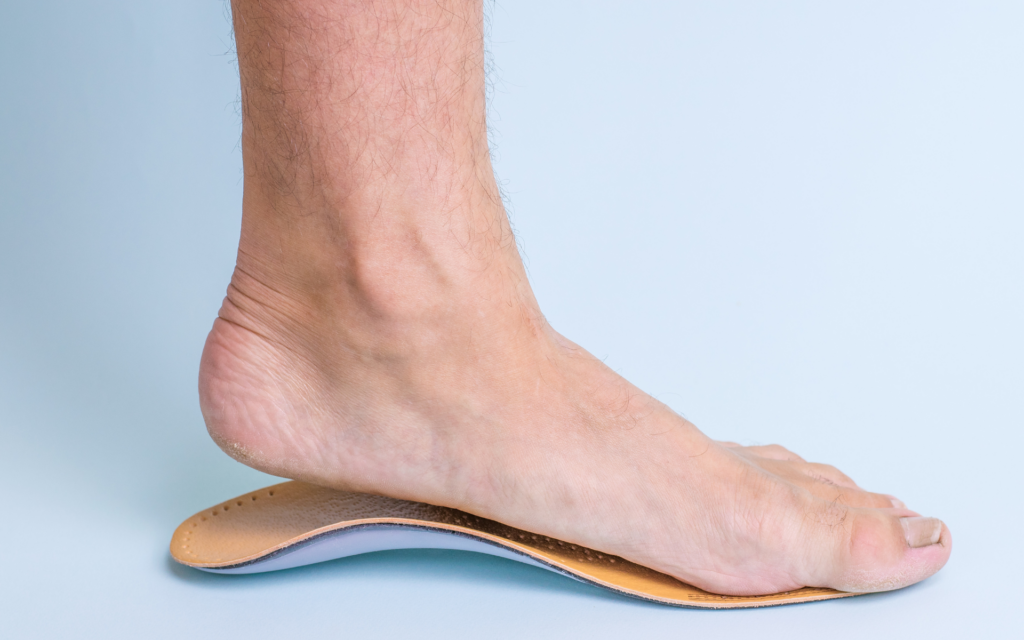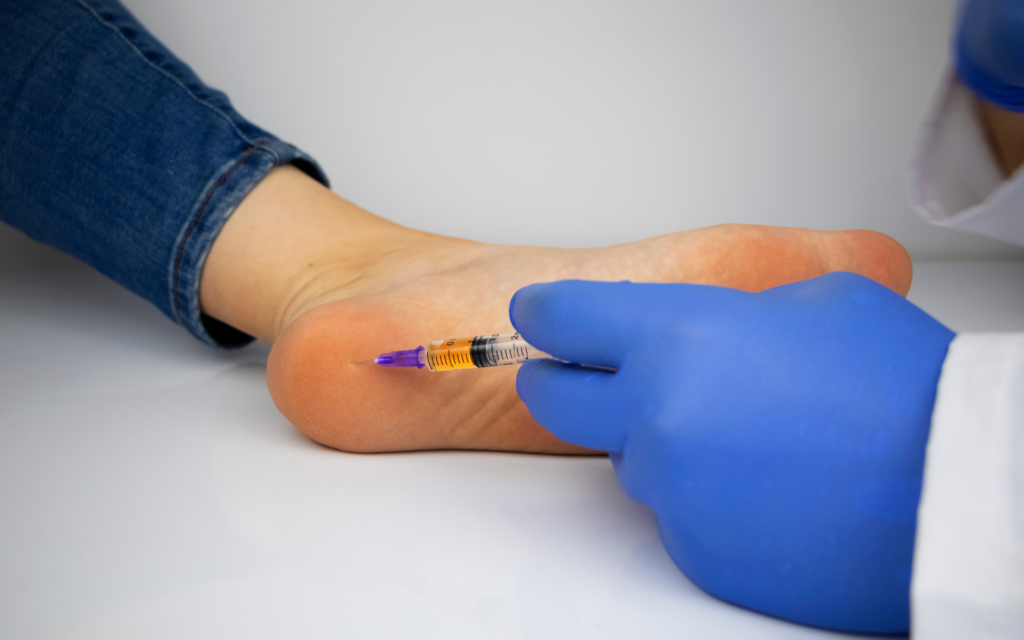The human body is built with a sophisticated system of components that work together to ensure overall functionality and balance. The arch of the foot is an integral part of this system, contributing significantly to the foot’s ability to absorb shock, support the body, and facilitate smooth movement. Its role in maintaining proper alignment and distributing weight cannot be underestimated.
Understanding pain in the arch of the foot can be a multifaceted challenge, as it often requires dissecting a range of potential causes, from routine activities to specific medical conditions. The arch plays a crucial role in providing support and cushioning, and when it experiences discomfort or pain, it can greatly affect mobility and overall quality of life. This pain can arise from various sources, such as plantar fasciitis, overuse injuries, or structural abnormalities. Identifying the root cause of the pain is vital for effective treatment and management.
In this comprehensive guide, we will examine the common causes of arch pain, explore various treatment options, and identify key indicators that signal when it is necessary to seek professional medical advice. Whether you are dealing with mild discomfort or severe pain, understanding these elements can empower you to make informed decisions about your health and pursue the appropriate care to alleviate symptoms and prevent further complications.
What Causes Pain in the Arch of the Foot?
Pain in the arch of the foot can stem from multiple causes, and understanding these underlying issues is essential for seeking proper treatment. Each condition affects the arch in different ways, from strained tendons to misalignment of the foot’s structure.
Plantar Fasciitis
Perhaps the most common cause of pain in the arch is plantar fasciitis. The broad band of tissue that forms the foot’s arch and joins the heel bone to the toes is called the plantar fascia, and it becomes inflamed in this condition. Particularly after extended periods of rest or when taking your first steps of the day, repetitive stress on the plantar fascia can result in microtears that cause sharp, stabbing pain in the arch. Depending on how severe the inflammation is, the pain may spread to the ball or heel of the foot.
Flat Feet
When the foot arch collapses completely or partially, the sole of the foot comes into almost total contact with the ground, resulting in flat feet, also referred to as fallen arches. This may put stress on the nearby muscles, tendons, and ligaments, causing the arch to hurt for an extended period of time. Because flat feet put more pressure on the bottom of the foot when they are not properly supported, people with flat feet frequently experience pain or fatigue after standing or walking for extended periods of time.
Posterior Tibial Tendon Dysfunction (PTTD)
Another leading cause of arch pain is posterior tibial tendon dysfunction (PTTD), where the posterior tibial tendon, responsible for supporting the arch, becomes weakened or torn. This condition, often found in individuals with high activity levels, causes the arch to flatten over time. Symptoms may start as mild pain but progressively worsen, leading to swelling and deformity of the foot. Untreated, PTTD can cause severe pain that extends from the arch to the ankle and heel, significantly impacting mobility.
Overpronation
Overpronation occurs when the foot rolls inward excessively while walking or running, placing undue stress on the arch. This biomechanical issue can result in pain in both the arch and the heel, as it puts additional strain on the plantar fascia and surrounding tendons. Shoes that do not provide adequate arch support can worsen this condition, leading to chronic discomfort and potential long-term damage.
Cavus Foot
Unlike flat feet, cavus foot involves a high-arched foot structure that places increased pressure on the heel and ball of the foot. Individuals with cavus foot are more prone to developing arch pain due to the uneven distribution of weight. This foot type is often associated with neurological conditions or inherited traits, making it harder to manage. Cavus foot pain can worsen with prolonged activity, leading to instability or injuries such as sprains or stress fractures.
Sprains or Strains
Injuries such as sprains and strains can also contribute to arch pain. When the ligaments in the foot are stretched or torn due to trauma, missteps, or sports injuries, pain can develop in the arch. These injuries are usually accompanied by swelling, bruising, and difficulty in putting weight on the affected foot. Sprains may occur due to twisting the foot, while strains generally result from overexertion or improper foot posture during physical activities.
Effective Treatment Options for Arch Pain
While arch pain can range from mild to severe, several treatment options are available to help alleviate discomfort and address underlying conditions. These treatments may vary from conservative methods to more advanced interventions, depending on the cause and intensity of the pain.
Conservative Treatments
In many cases, conservative treatments can effectively reduce arch pain and provide relief without invasive procedures.
Rest and Foot Elevation
One of the simplest and most effective treatments for arch pain is to rest the affected foot and elevate it whenever possible. Taking weight off the foot allows the ligaments and tendons to heal, reducing inflammation and relieving discomfort. Combining rest with ice therapy can help reduce swelling and numb the area, providing further relief.
Stretching
Stretching exercises targeting the calf muscles, toes, and plantar fascia can help relieve pain in the arch by improving flexibility and reducing tension. Regular stretching, especially after long periods of inactivity or intense physical activity, can help prevent further injury. Stretching the foot before engaging in physical activities like running or standing for extended periods is highly recommended to maintain tendon and muscle health.
Over-the-counter Remedies
Over-the-counter pain relief options such as anti-inflammatory medications (like ibuprofen) can help manage the pain associated with arch injuries. Additionally, using over-the-counter insoles or orthotics designed to provide support to the arch can make a significant difference in reducing discomfort. These products are particularly useful for people with flat feet or overpronation, as they help distribute weight more evenly across the foot.
Minimally Invasive Treatments for Persistent Arch Pain
If conservative treatments do not offer sufficient relief, minimally invasive options can offer effective solutions without the need for extensive surgery.
Coreflex Injections
Coreflex injections are a common treatment for severe arch pain. These injections combine local anesthetic, anti-inflammatory agents, and muscle relaxants, targeting the affected area directly. The local anesthetic provides immediate pain relief, while the anti-inflammatory agents help reduce swelling and inflammation. The muscle relaxants alleviate tension in the surrounding muscles, contributing to overall pain reduction and improved foot function.
Platelet-Rich Plasma (PRP) Therapy
PRP Therapy is another minimally invasive treatment option for chronic arch pain. The procedure involves drawing a sample of the patient’s blood, processing it to concentrate platelets and growth factors, and injecting this concentrated PRP into the inflamed area. The high concentration of growth factors in PRP supports the body’s natural healing processes, accelerating tissue repair and reducing pain. This method is particularly useful for conditions like plantar fasciitis and other types of chronic arch pain.
Benefits of Minimally Invasive Treatments
Minimally invasive treatments offer a targeted approach to managing arch pain. They focus on the specific area of discomfort, providing significant relief and improved function, especially when traditional methods have not been effective. These treatments generally involve lower risks and quicker recovery times compared to more invasive procedures. By addressing the affected area with minimal disruption to surrounding tissues, they help reduce inflammation and promote healing.
When to See a Doctor?
If your arch pain has persisted for more than three months despite home treatments or if you have any of the following symptoms, it may be time to consult a pain specialist:
- The pain persists despite home treatment.
- The foot appears deformed or misaligned.
- There is severe swelling, bruising, or redness.
- Walking or bearing weight on the foot becomes difficult.
- You experience numbness, tingling, or burning sensations in the arch, toes, or heel.
Additionally, if arch pain is caused by an underlying condition such as tendonitis or arthritis, seeking medical advice is crucial for long-term management. A doctor may recommend additional diagnostic tests like X-rays, MRIs, or medical imaging to determine the precise cause of the pain and prescribe treatments like physical therapy, custom orthotics, or in extreme cases, surgery.
Conclusion
Pain in the arch of the foot can be caused by a variety of conditions, from plantar fasciitis and flat feet to more severe issues like posterior tibial tendon dysfunction and cavus foot. Identifying the root cause is essential for effective treatment. Whether through stretching, rest, or more advanced options like corticosteroid injections and PRP therapy, there are numerous ways to alleviate the discomfort. However, it’s important to know when to seek medical help to prevent further complications. By understanding the common causes and treatments for arch pain, you can take the necessary steps to keep your feet healthy and pain-free.








